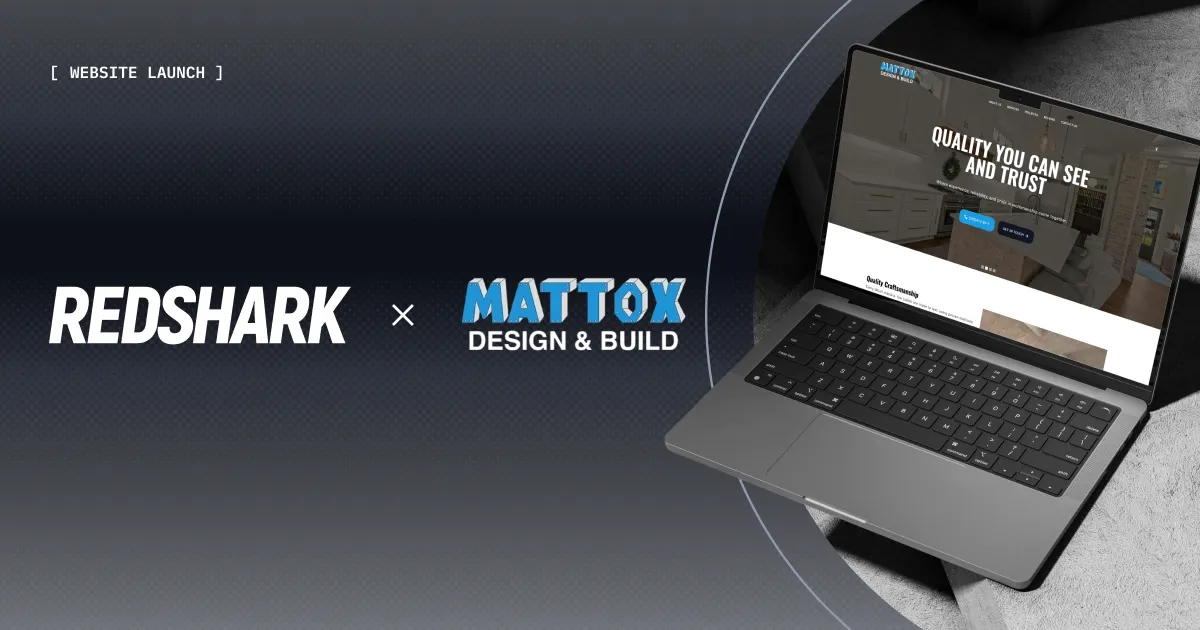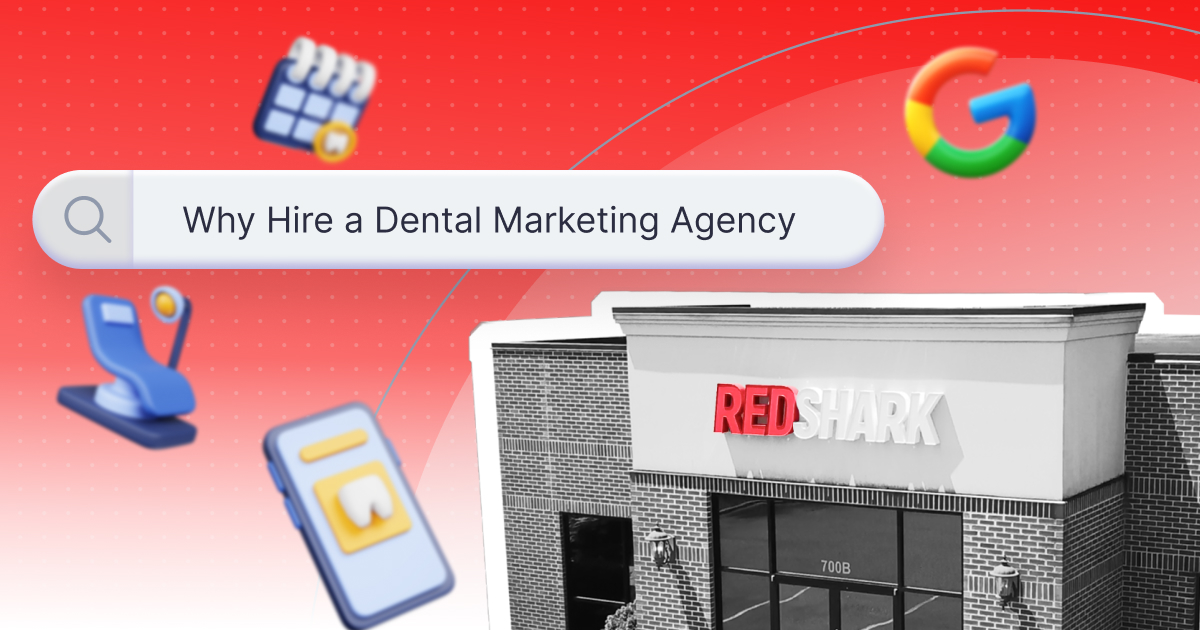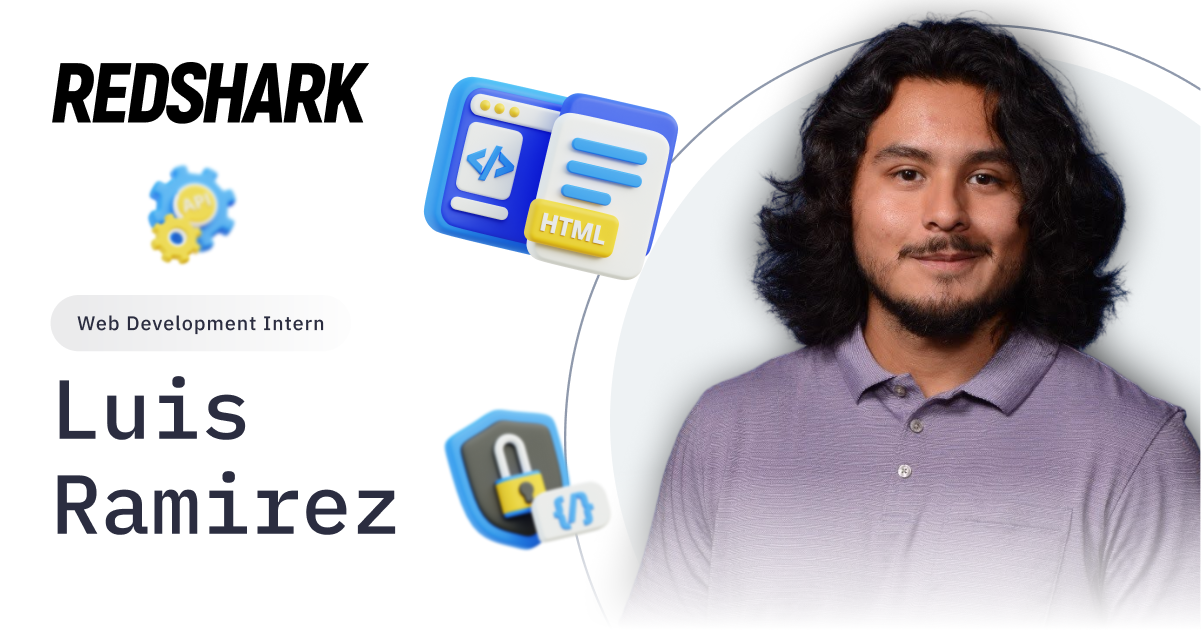
Image Optimization Across the Nation
Image Optimization Across the Nation
Featured & Recent Articles
Image Optimization Across the Nation

Hopefully, you know what Image Optimization is, but if not keep reading. You’ve set out to build a quality website, it’s responsive, visually appealing and the client is happy. The work is done, go on vacation! Just kidding. If your website has 10 images or 1000, they are all serving a purpose. That purpose is to better tell your story to the world in a clear way by adding meaningful content. Images, for many reasons, need to be optimized!
Why you might ask? Well, it's pretty simple for the most part - it’s taking the time to do it that fails most. Images are often given some long and mostly meaningless file name like “DSC00034” or something along those lines. Sometimes the filename is even more horrendous than that...and long to the point of absurdity. So, what you need to do is strap on your thinking cap and get to the task of image optimization. When you perform a search of anything, the reason you get that image result at the top is, you guessed it; due to image optimization.
Rename images to describe what they are. Don’t go overboard, but tell what the image is. For a moment, close your eyes and imagine only relying on text to describe what it is on the screen. Millions of blind people do this every single day using text readers. In addition, you should also fill in the “alt text” while optimizing your media library. If the image is of a dog sitting by a tree, tell that story through the often empty blanks. Edit the title and alt text so that if you had no vision and a screen reader passes over your photo, it makes sense being read aloud. When someone searches for text and alt text matching what you entered, your image rises closer and closer to the top.
This helps your site to communicate more effectively with the outside world and can increase your rankings by optimizing your images. The added benefits go on and on. Think about what people see after they create an image search. The next action is to click on the image (now closer to the top of results) and see where it takes them. Boom, they are on your website and now have some curiosity about what you do. Perhaps even earning you a new friend or customer.
The takeaway: Always optimize your images with the world in mind and stay on top of it by updating image titles and alt text as you make updates to your site.
Hopefully, you know what Image Optimization is, but if not keep reading. You’ve set out to build a quality website, it’s responsive, visually appealing and the client is happy. The work is done, go on vacation! Just kidding. If your website has 10 images or 1000, they are all serving a purpose. That purpose is to better tell your story to the world in a clear way by adding meaningful content. Images, for many reasons, need to be optimized!Why you might ask? Well, it's pretty simple for the most part - it’s taking the time to do it that fails most. Images are often given some long and mostly meaningless file name like “DSC00034” or something along those lines. Sometimes the filename is even more horrendous than that...and long to the point of absurdity. So, what you need to do is strap on your thinking cap and get to the task of image optimization. When you perform a search of anything, the reason you get that image result at the top is, you guessed it; due to image optimization. Rename images to describe what they are. Don’t go overboard, but tell what the image is. For a moment, close your eyes and imagine only relying on text to describe what it is on the screen. Millions of blind people do this every single day using text readers. In addition, you should also fill in the “alt text” while optimizing your media library. If the image is of a dog sitting by a tree, tell that story through the often empty blanks. Edit the title and alt text so that if you had no vision and a screen reader passes over your photo, it makes sense being read aloud. When someone searches for text and alt text matching what you entered, your image rises closer and closer to the top. This helps your site to communicate more effectively with the outside world and can increase your rankings by optimizing your images. The added benefits go on and on. Think about what people see after they create an image search. The next action is to click on the image (now closer to the top of results) and see where it takes them. Boom, they are on your website and now have some curiosity about what you do. Perhaps even earning you a new friend or customer. The takeaway: Always optimize your images with the world in mind and stay on top of it by updating image titles and alt text as you make updates to your site.














.png)




.png)
.jpg)




